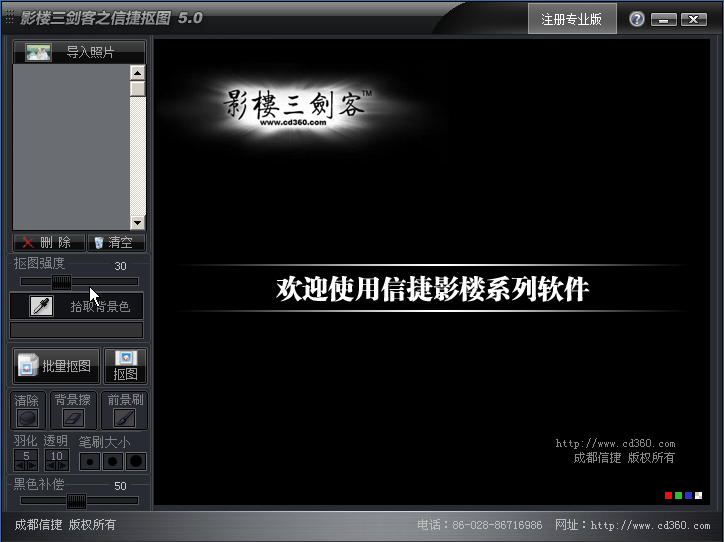

The green brushes are called the Keep brushes which will retain any parts of the image covered with that brush and the red ones are the Delete brushes which don't really need explaining. The top six are split into three different brushes of green and three red. On the workspace to the left are several tools which are dedicated to helping you create your masterpiece. If you are new to a program like this, there are three pages to the Image titled Source which is the original image, Workspace which is where you will work cutting the image out and Cut-out which will show the final image. Should you get confused by anything, the help screen on the website is very informative, easy to use and has tutorials for anything you may want to do. Loading the program is easy enough and once open, it is well laid out and easy to understand. If you have Photoshop, you can use Fluid Mask 3 as a plug in and version 3 is compatible with CS2 and CS3, but I decided to use it as a standalone program which is also possible. Vertus have always contested that it is not necessary and with version 3, it's faster than ever.įluid mask is on its third instalment and the upgraded version is now faster at working, blends edges better and has a Save settings feature for if you want to mask multiple images in a studio shoot for instance. All too often, it is easy to create a mask to copy an image over to paste two together and bits are missing or too much comes over and an hour of erasing is on the cards.


 0 kommentar(er)
0 kommentar(er)
